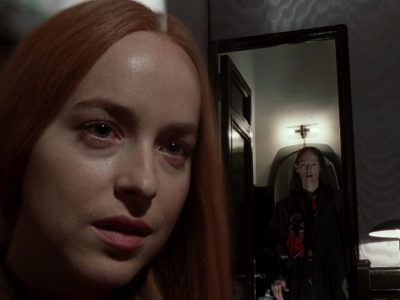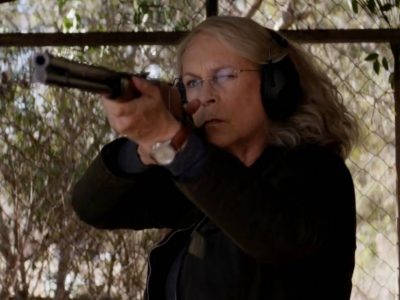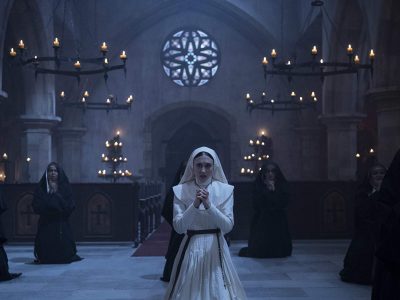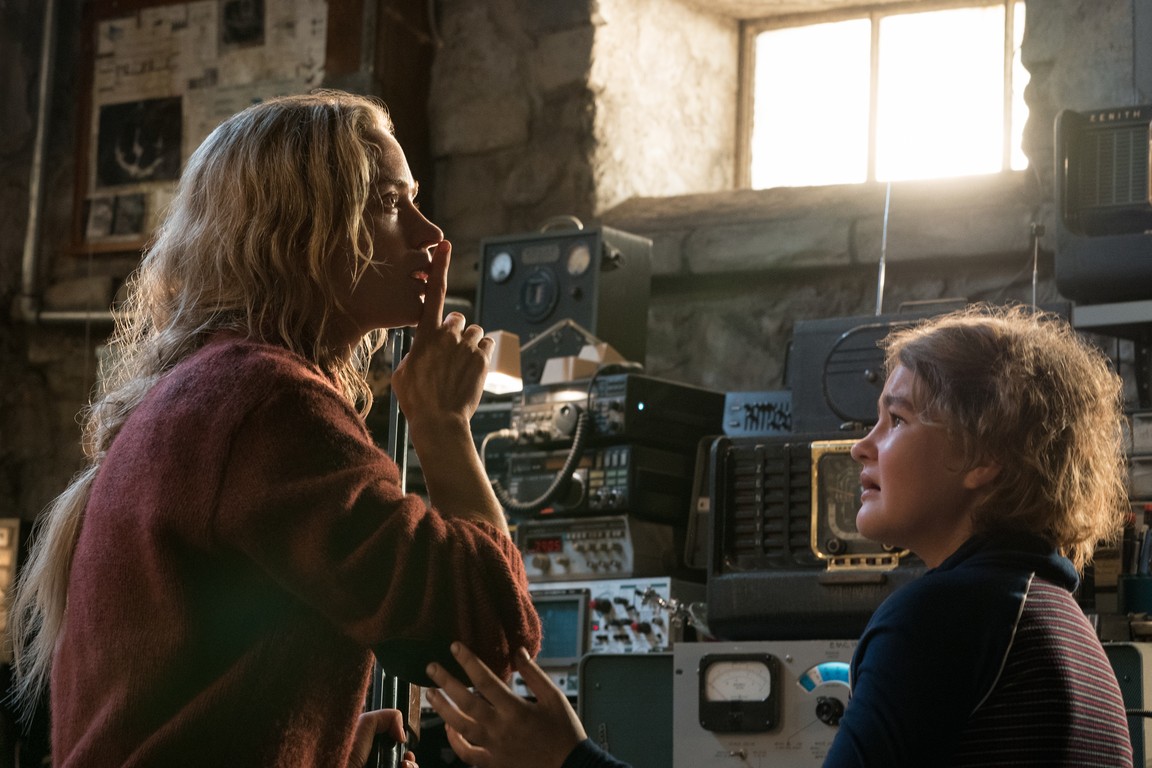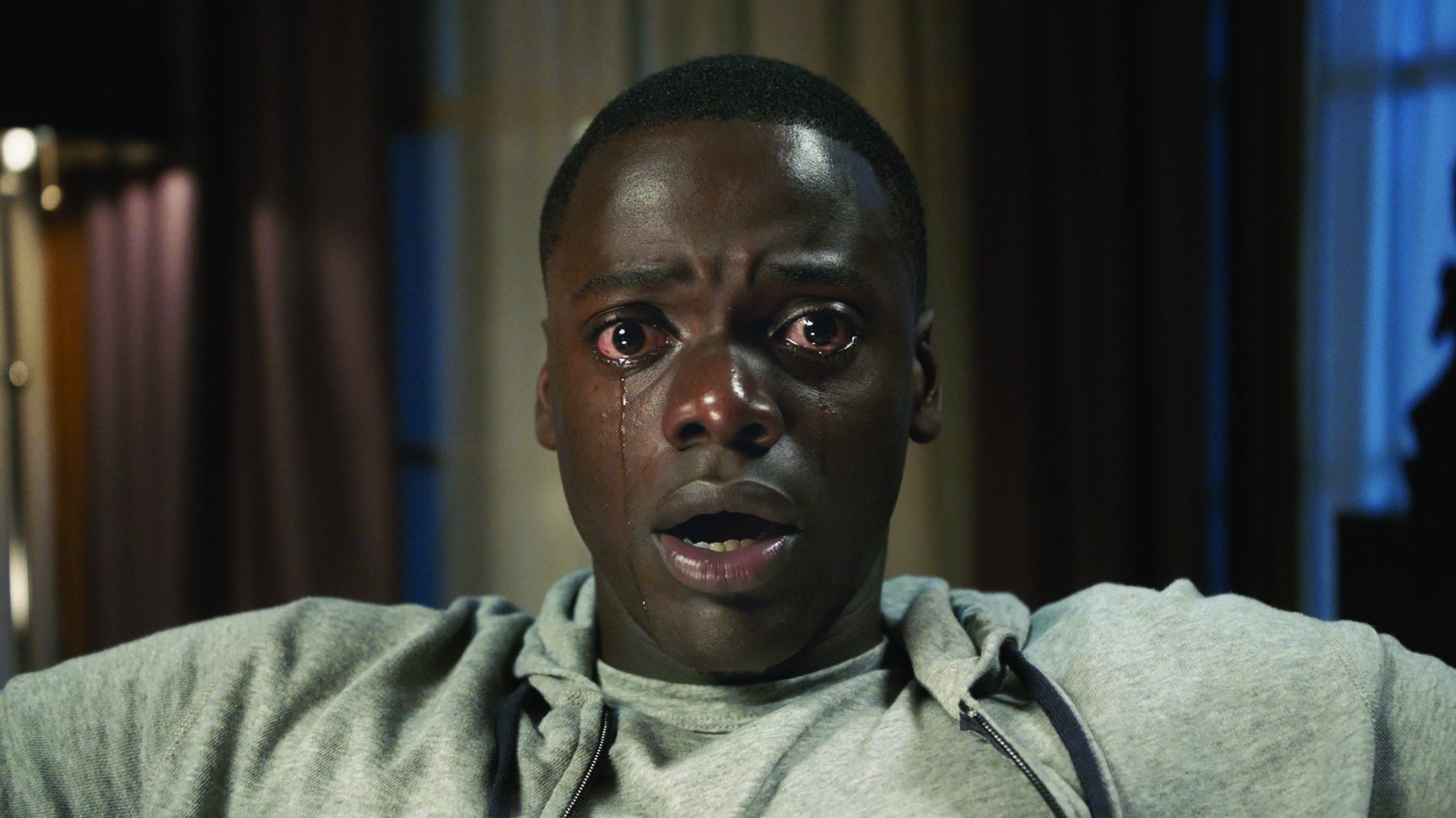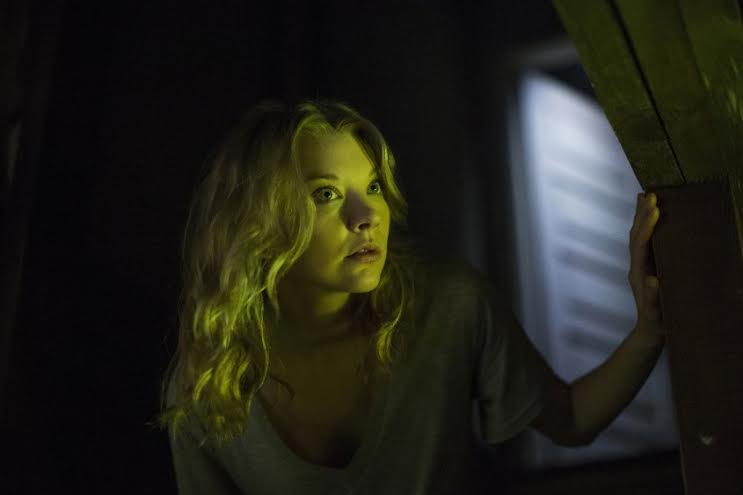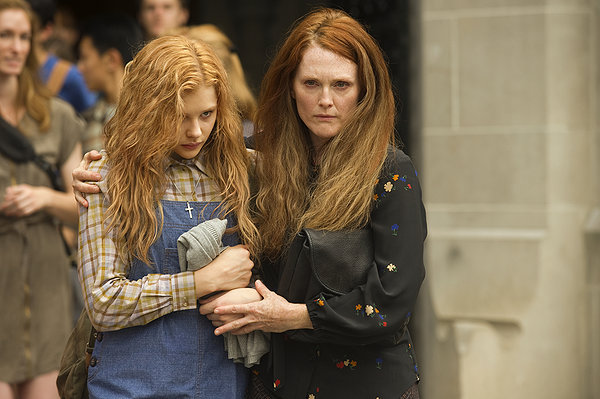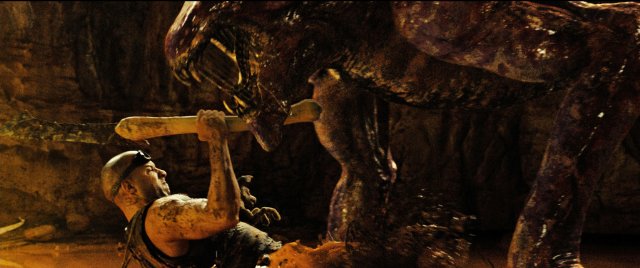Dario Argento’s 1977 masterpiece “Suspiria” was a poetic bloodbath ahead of its time. Now, director Luco Guadagnino (“Call Me by Your Name”) brings us what he’s calling a cover of the original film — his own take on the story “an American girl joins a renowned dance company only to discover that it’s run by witches.” The character names are often similar or the same, as is much of the mythology underlying the tale, but so much is different that it’s hard to call this a remake. Hardcore fans of Argento’s film will need to set aside their detail-oriented love of the original to enjoy this homage.
Directed by: David Gordon Green Starring: Jamie Lee Curtis, Judy Greer, Andi Matichak, James Jude Courtney, Nick Castle, Haluk Bilginer, Will Patton Rated: R for horror violence and bloody images, language, brief drug use and nudity John Carpenter’s 1978 film “Halloween” is a horror classic. The sequels since then have a borderline-incoherent timeline, with multiple reboots and skips over inconvenient events of previous films. The new “Halloween” does this as well, explicitly denying material from “Halloween II” and cementing its lineage as a direct sequel to the original movie. It avoids the ridiculous twists of previous films and focuses instead on elements like the trauma survivors deal with for the rest of their lives. It’s been 40 years since Michael (James Jude Courtney and Nick Castle) rampaged through his hometown killing babysitters on Halloween. Laurie Strode (Jamie Lee Curtis) narrowly escaped him then, and has been obsessed with preparing for Michael’s eventual escape ever since.
Directed by: Corin Hardy
Starring: Taissa Farmiga, Demián Bichir, Jonas Bloquet, Bonnie Aarons
Rated: R for terror, violence, and disturbing/bloody images
As horror movies go, “The Nun” doesn’t break much new ground aside from being yet another prequel spinoff of the successful “Conjuring” franchise. It brings everything you’d expect: there’s a decaying castle, a demonic nun, a priest haunted by his past, and a beautiful young novitiate (a nun who hasn’t taken her vows yet). While it’s not exactly groundbreaking, “The Nun” is a mostly-solid horror movie. It stands alone for folks who haven’t seen the rest of the films, and gives fans the backstory of the demon Valak from “The Conjuring 2.”
Directed by: John Krasinski Starring: Emily Blunt, John Krasinski, Millicent Simmonds, Noah Jupe Rated: PG-13 for terror and some bloody images How often do you make noise? So many actions are audible. A shoe sole slapping or squeaking on the floor, dropping a hard object, biting into an apple. Even without speaking, we humans are generally noisy creatures. “A Quiet Place” puts us into a position where noise – even a creaking floorboard – means death. At some point in the near future, deadly creatures appear and start eating people. The creatures are blind, but have incredibly sharp hearing. They’re almost impossible to kill, thanks to what looks like armor covering their eyeless heads and the rest of their bodies. By the time the film starts, the world is silent. Animals that make noise? Gone. People? Almost all gone. The film focuses on a single family trying to survive in this unforgiving and lethal world.
Directed by: Daniel Espinosa Starring: Rebecca Ferguson, Jake Gyllenhaal, Olga Dihovichnaya, Ariyon Bakare, Ryan Reynolds Rated: R for language throughout, some sci-fi violence and terror There are only a few requirements for a horror movie to be really good without being ironically good or campy: decent production values and acting, genuinely horrifying things happening on screen, and refraining from the ridiculous. “Life” succeeds amply in the first two categories, but face-plants in the third. How much ridiculousness it takes to ruin a film is a matter of personal taste, but some generalities are true of a whole lot of people, and “Life” checks several of those boxes. The setup is a familiar sci-fi and horror trope: half a dozen people are trapped in a structure along with a malevolent entity that’s picking them off one by one. “Life” adds in the requirement that the protagonists have to make sure the alien doesn’t get down to
Written and Directed by: Jordan Peele Starring: Daniel Kaluuya, Allison Williams, Bradley Whitford, Catherine Keener, Marcus Henderson, Betty Gabriel, Lil Rel Howery Rated: R for violence, bloody images, and language including sexual references Jordan Peele is probably best known for being half of the comedy duo “Key and Peele.” When previews for “Get Out” started appearing, the prominent inclusion of his name as writer-director combined with the not-campy clips made some folks wonder if it was a satire, or maybe something in the vein of “Shaun of the Dead.” It’s neither. It’s a straight-up horror/thriller movie that has a central thread of social commentary in it. It’s also really, really good. The film opens with a Black man walking in a neighborhood at night. A car passes him, then turns around and rolls up slowly beside him. We know how that story usually ends, and by evoking that cultural knowledge, “Get Out” reminds us how
Directed by: Jason Zada Starring: Natalie Dormer, Yukiyoshi Ozawa, Taylor Kinney, Eoin Macken, Rated: PG-13 for disturbing thematic content and images “The Forest” feels like a mediocre remake of a Japanese horror movie. Alas, it is not a remake (which would at least point us toward a possible good time), it’s just a mediocre movie. The plot has some promise: a woman looking for her lost twin sister in a forest widely reputed to be full of angry ghosts. Unfortunately, the filmmakers went the route of jump-scares and “scary” makeup we’ve seen a million times, and set the movie in Japan for no apparent reason. To make matters worse, the film never really addresses the fact that suicide is the second leading cause of death in Japan, and that the forest is not only real but one of the most popular locations for suicides in the world. Our heroine, blonde and serious Sarah (Natalie Dormer),
Directed by: John Eric Dowdle Starring: Perdita Weeks, Ben Feldman, Edwin Hodge, François Civil, Marion Lambert, Ali Marhyar Rated: R for bloody violence/terror, and language throughout So many movies in the last few years have focused on using visceral horror and supremely disgusting special effects to be scary that it’s refreshing to find one that not only avoids those for the most part but also avoids the “creepy ghost moving suddenly” style of jump scare borrowed from Asian horror cinema. “As Above, So Below” aims to be more of a “Blair Witch Project” style scary movie: it avoids expensive gross makeup in favor of creeping paranoia and dread with a slowly increasing sense of doom. It’s not a terribly good film, but it goes through the familiar paces with determination. All of the shots are from cameras held by the characters: Benji (Edwin Hodge), the documentary cameraman; Scarlett (Perdita Weeks), the subject of his documentary;
The 1976 adaptation of Stephen King’s novel “Carrie” is well known enough that a remake seems unnecessary. Director Kimberly Peirce (“Boys Don’t Cry”) proves that wrong, modernizing the setting, highlighting the modern tropes in the story, and drawing fantastic performances out of her cast. She also drenches it with a bleak, heartbreaking horror. With the focus on bullying in recent years, “Carrie” is a very timely film, but also one not for the faint of heart.
The “Chronicles of Riddick” franchise (which began with the fabulous B-movie scifi/horror flick “Pitch Black” in 2000) has grown to include two movies, a direct-to-DVD animated feature, and two video games. Now, another installment on film has come out, this time titled simply “Riddick.” Rather than following the previous film (“The Chronicles of Riddick”) and focusing on interstellar politics and opulence, series creator David Twohy has wisely returned to the formula that made the first film so good: a bunch of people who don’t necessarily get along forced to work together to survive a mass assault by freaky-looking monsters. In the vein of all great sequels, “Riddick” is more of the same, but different.
